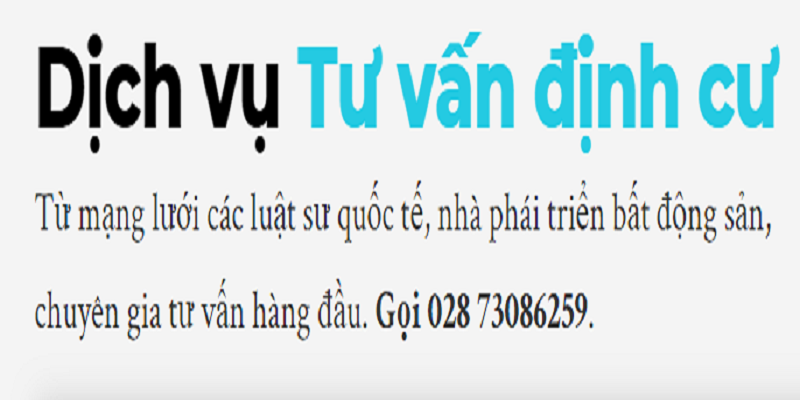HCMC – The Mekong Delta province of Dong Thap is calling for investors at home and abroad to develop industrial infrastructure, and agricultural goods processing projects, heard a press conference in HCMC last Saturday.
The provincial government and the Institute of Vietnam Organic Agricultural Economics unveiled the investment promotion conference under the theme of “Dong Thap – our potential, your opportunity,” which is slated to take place next Tuesday in Cao Lanh City, and is expected to have around 300 delegates.
Truong Hoai Chau, director of the provincial Department of Planning and Investment, said the local government is calling for investors for 33 projects which are aimed at developing infrastructure for industrial zones, hi-tech agricultural sub-zones, as well as processing industry, tourism, and trade.
The local government wants to prop up investments in the farm produce processing sector and others serving agriculture such as building material regions for agricultural production, centers for preserving and distributing vegetables and fruits, as well as plants for processing farm produce and agricultural by-products.
Dong Thap also need investors to distribute agricultural products at home and abroad.
He stressed investors will enjoy the highest incentives in line with the Government’s land and corporate income tax regulations. For example, they will be entitled to corporate income tax of 10%, 15%, and 17% depending on sectors and investment locations.
Le Thanh, head of the Institute of Vietnam Organic Agricultural Economics, said the province’s farm products such as mango, lotus, rice and cajuput have great potential, but their added value is low due to a lack of deep processing.
Therefore, the institute suggested the provincial government establishing a processing center for agricultural produce. As many as eight domestic and international companies have expressed interest in the project in a bid to ship the products to Japan, the United States and European countries.
The provincial government is also luring investors into developing infrastructure of nine industrial zones spanning 10 to 250 hectares each, producing clean and renewable energy, as well as constructing residential and affordable apartments, commercial centers, and resorts.
At the conference, the provincial government is expected to give in-principle approval to 21 projects, and sign 16 memorandum of understanding on investments worth around VND24 trillion (US$1.05 billion) in a wide range of sectors.
Nguyen Van Duong, chairman of the province, said Dong Thap has ranked in the top three in the provincial competitiveness index, and its agricultural growth rate has also topped the list in the Mekong Delta for the past several years.
However, he admitted, the economic and tourism growth of the province is hampered by insufficient transport infrastructure.
Source: The Saigon Times
















